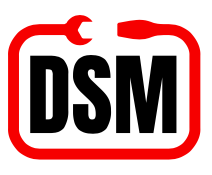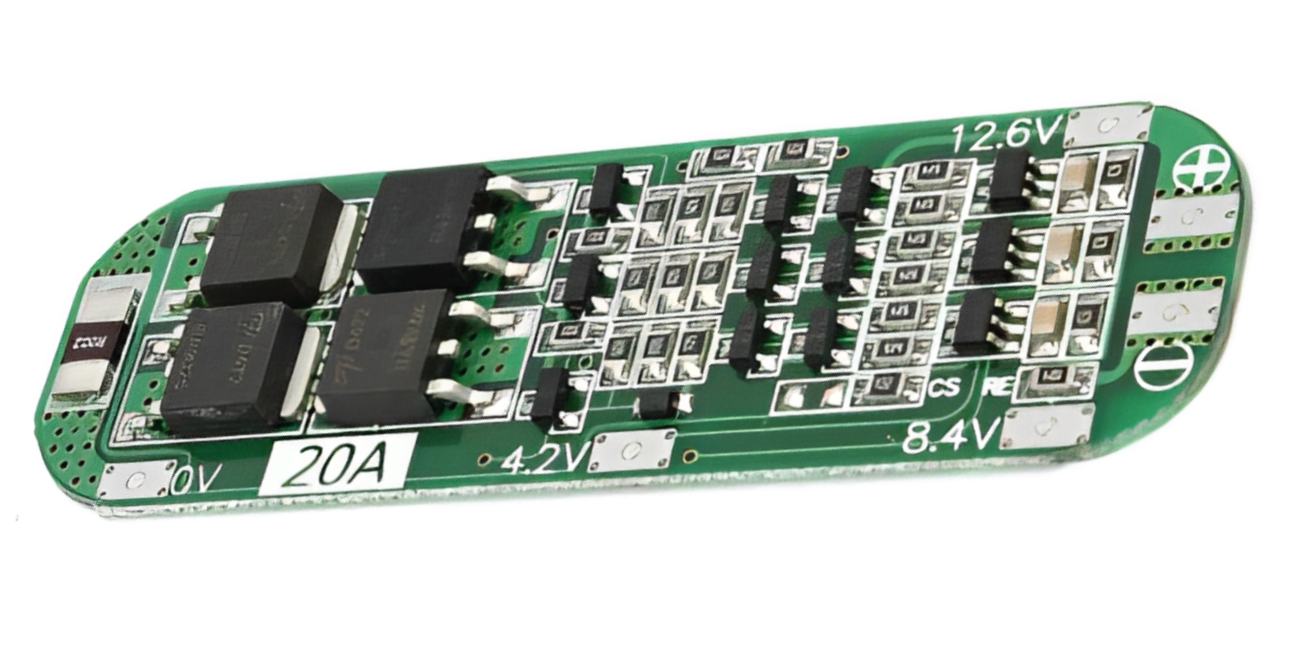Introduction
In the realm of lithium-ion batteries, safety is paramount. This is where a Battery Management System (BMS) comes into play. A BMS is an electronic circuit that monitors and manages the performance of a battery pack, ensuring safe and optimal operation. This article will delve into the specifics of a 3S 11.1V 10A Li-ion Battery Protection Board BMS, exploring its key features, functions, and importance.
What is a 3S 11.1V 10A Li-ion Battery Protection Board BMS?
A 3S 11.1V 10A Li-ion Battery Protection Board BMS is designed for lithium-ion battery packs consisting of three cells in series (3S), delivering a nominal voltage of 11.1V and a maximum continuous discharge current of 10A. This BMS incorporates a sophisticated circuitry to safeguard the battery pack from various hazards, including:
- Overcharge Protection: Prevents the battery cells from being overcharged, which can lead to thermal runaway and potential fire hazards.
- Over-discharge Protection: Protects the battery cells from excessive discharge, which can permanently damage their capacity and lifespan.
- Over-current Protection: Cuts off the current flow if it exceeds the safe limit, preventing damage to the battery cells and the connected load.
- Short Circuit Protection: Instantly disconnects the battery pack from the load in case of a short circuit, minimizing potential damage.
- Temperature Protection: Monitors and regulates the temperature of the battery cells, preventing overheating and ensuring safe operation.
Key Features of a 3S 11.1V 10A Li-ion Battery Protection Board BMS
- High Current Capability: The 10A continuous discharge current rating allows for high-power applications.
- Precise Voltage and Current Sensing: Accurate monitoring of cell voltages and current flow is crucial for effective protection.
- Balanced Charging: Ensures that all cells in the battery pack are charged evenly, maximizing battery life and performance.
- Small Size and Lightweight: Compact design allows for easy integration into various applications.
- High Efficiency: Minimizes power loss during operation, maximizing battery efficiency.
Applications of a 3S 11.1V 10A Li-ion Battery Protection Board BMS
The 3S 11.1V 10A Li-ion Battery Protection Board BMS finds widespread application in a variety of devices and systems, including:
- Electric Vehicles (EVs) and Electric Scooters: Protects the battery packs used in these vehicles, ensuring safe and reliable operation.
- Power Tools: Safeguards the battery packs used in cordless drills, saws, and other power tools.
- Unmanned Aerial Vehicles (UAVs): Protects the flight batteries of drones and other UAVs, ensuring safe and stable flight.
- Energy Storage Systems: Protects the battery banks used in home energy storage systems and renewable energy applications.
- Medical Devices: Protects the battery packs used in portable medical devices such as defibrillators and ventilators.
Importance of Using a 3S 11.1V 10A Li-ion Battery Protection Board BMS
The use of a 3S 11.1V 10A Li-ion Battery Protection Board BMS is crucial for several reasons:
- Enhanced Safety: Protects the battery pack and the connected load from potential hazards, minimizing the risk of fire, explosion, and other accidents.
- Improved Battery Life: Ensures balanced charging and prevents overcharging and over-discharging, prolonging the lifespan of the battery pack.
- Optimized Performance: Maintains optimal battery performance by preventing excessive current draw and ensuring stable operation.
- Increased Reliability: Reduces the risk of unexpected failures, ensuring reliable operation of the system.
- Compliance with Safety Standards: Helps ensure compliance with relevant safety standards and regulations.
Conclusion
A 3S 11.1V 10A Li-ion Battery Protection Board BMS is an essential component for any system utilizing lithium-ion battery packs. By incorporating advanced protection mechanisms, this BMS ensures safe, reliable, and efficient operation of the battery pack, maximizing its lifespan and minimizing potential hazards.
Disclaimer: This information is provided for general knowledge and informational purposes only and does not constitute professional advice. Always consult with qualified professionals for specific applications and safety considerations.

